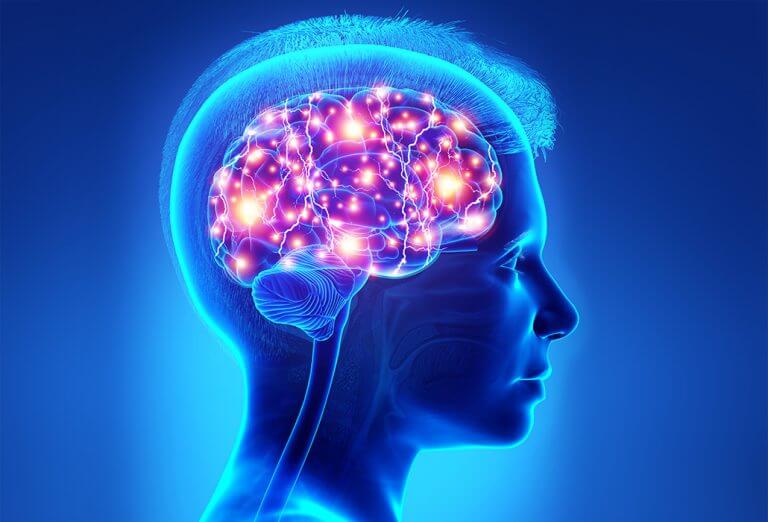Magnetic Brain Pulser AKA Headphones
“Did you know that most audio headphones are a simple combination of tiny coils of wire and magnets? These coils can pulse at 100 milligauss (at full volume); every single time a tone or vocal is heard!. This means that you are actually pulsing your brain with electromagnetic fields every time you put one of these devices on; whether in or over your ears. The distance of the field produced is usually around 4 inches in diameter; and although small, they deliver enough power to effect both sides of the brain. Not to mention, the frequencies commonly listened to through these devices are either disharmonious music or vocals.” – Daniel Nunez
A magnetic brain pulser, often referred to in the context of transcranial magnetic stimulation (TMS), is a device used to apply electromagnetic fields to the brain for various therapeutic and research purposes. TMS is a non-invasive method that stimulates neurons in the brain using magnetic fields generated by passing electric currents through a coil placed near the scalp.
### Principles of Operation
The core principle behind TMS and devices like a magnetic brain pulser involves generating a focused magnetic field that can penetrate the skull without the need for surgery or direct contact with the brain tissue. When this magnetic field enters the brain, it induces small electrical currents, which can stimulate or modulate neuronal activity. The specific outcomes of this stimulation depend on a range of factors, including the intensity of the magnetic field, the frequency of the pulses (ranging from low to high), and the region of the brain being targeted.
### Therapeutic Applications
TMS has been explored and utilized for various therapeutic applications, including but not limited to:
– **Depression**: One of the most well-established uses of TMS is in the treatment of major depressive disorder, especially for patients who have not responded to conventional antidepressant medications. The FDA has approved TMS for this purpose.
– **Anxiety Disorders**: Preliminary research suggests TMS might be beneficial for certain anxiety disorders, though more research is needed to establish its effectiveness comprehensively.
– **Neurological Disorders**: There is ongoing research into the use of TMS for conditions such as Parkinson’s disease, stroke recovery, and epilepsy, with the aim of enhancing neuroplasticity and motor function.
### Research and Experimental Uses
Beyond its therapeutic applications, TMS is a valuable tool for neuroscience research, allowing scientists to study brain function and connectivity by temporarily enhancing or inhibiting activity in specific brain regions. This can help map brain functions, understand the roles of different brain areas in cognitive processes, and explore the neural basis of behaviors and disorders.
### Safety and Side Effects
TMS is generally considered safe when performed under professional guidelines. However, it can have side effects, including headache, scalp discomfort at the stimulation site, lightheadedness, and, in rare cases, the risk of seizure. Therefore, it’s important for TMS to be administered by trained personnel, with careful consideration of the patient’s health history and potential contraindications (such as the presence of metal implants in the head).
### Conclusion
Magnetic brain pulsers, as used in TMS, represent a significant advancement in non-invasive brain stimulation technologies, offering potential benefits for treating various psychiatric and neurological conditions and providing a powerful tool for research into brain function. As research continues, the applications of TMS may expand, offering new avenues for understanding and treating brain disorders.
